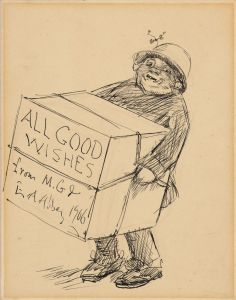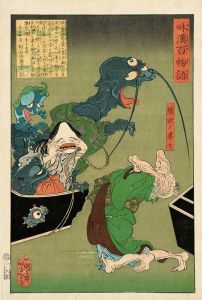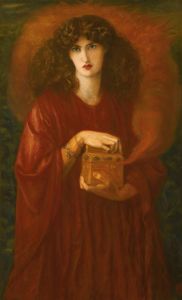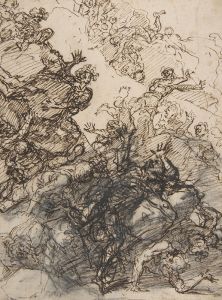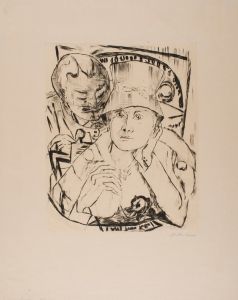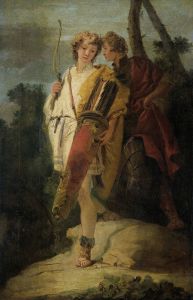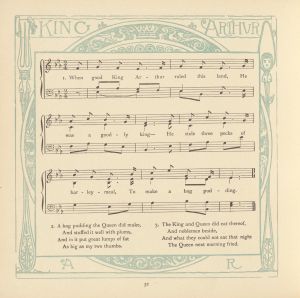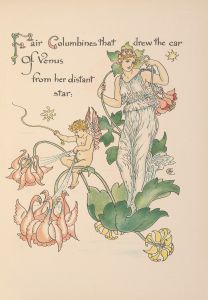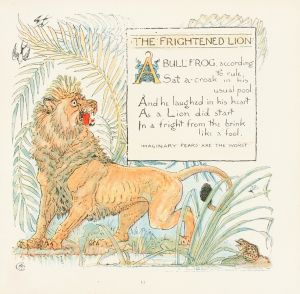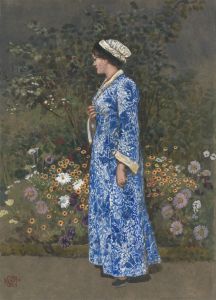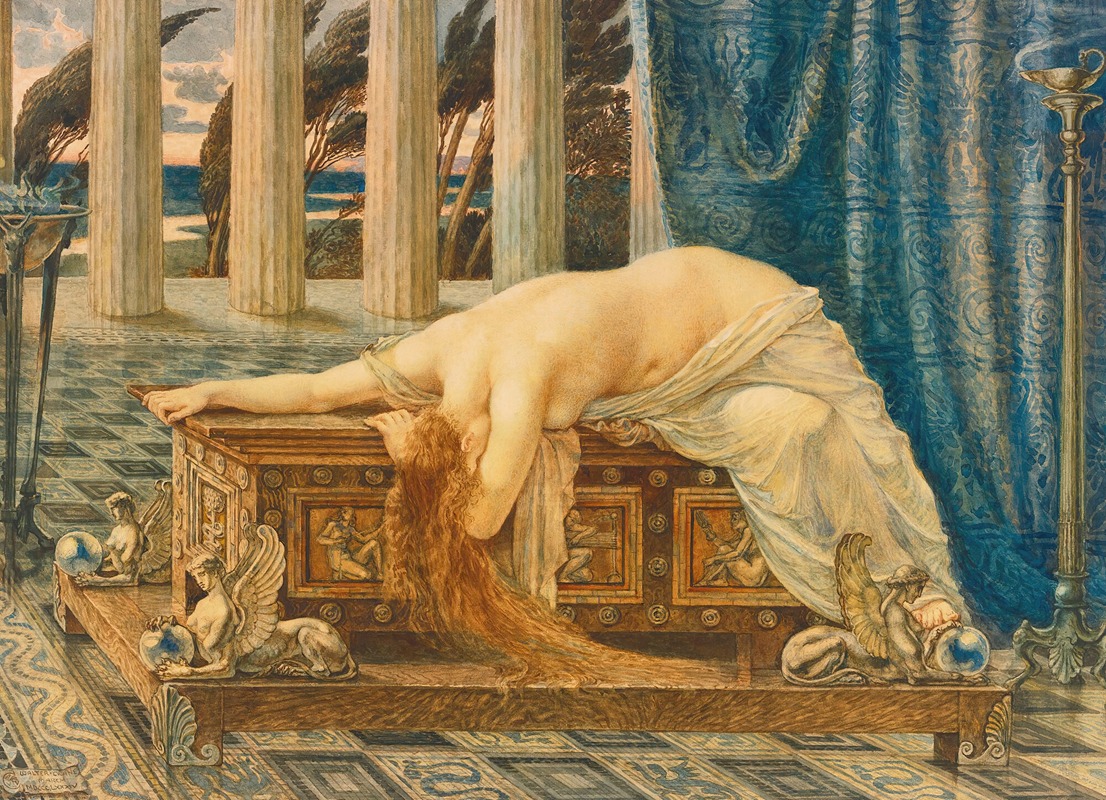
Pandora
A hand-painted replica of Walter Crane’s masterpiece Pandora, meticulously crafted by professional artists to capture the true essence of the original. Each piece is created with museum-quality canvas and rare mineral pigments, carefully painted by experienced artists with delicate brushstrokes and rich, layered colors to perfectly recreate the texture of the original artwork. Unlike machine-printed reproductions, this hand-painted version brings the painting to life, infused with the artist’s emotions and skill in every stroke. Whether for personal collection or home decoration, it instantly elevates the artistic atmosphere of any space.
Walter Crane (1845-1915) was an English artist and illustrator, known for his contributions to the Arts and Crafts Movement and his work in children's book illustrations. One of his notable works is the painting "Pandora," which depicts the mythological figure from Greek mythology.
"Pandora" by Walter Crane was created in 1885. The painting illustrates the moment when Pandora, the first woman on Earth according to Greek mythology, opens the jar (often referred to as a box) that releases all the evils of humanity into the world, leaving only hope inside once she closes it again. This mythological story has been a popular subject in art and literature for centuries, symbolizing the origin of human suffering and the duality of hope amidst despair.
In Crane's depiction, Pandora is portrayed as a graceful and serene figure, emphasizing her innocence and the unintended consequences of her actions. The painting is characterized by Crane's distinctive style, which combines elements of Pre-Raphaelite art with influences from classical antiquity. His use of vibrant colors, intricate patterns, and attention to detail are evident in this work, reflecting his background in book illustration and design.
Walter Crane was deeply influenced by the ideals of the Arts and Crafts Movement, which advocated for the integration of art into everyday life and the importance of craftsmanship. His work often featured themes from mythology, folklore, and literature, and "Pandora" is a prime example of how he brought these stories to life through his art.
Crane's "Pandora" is housed in the Ashmolean Museum of Art and Archaeology at the University of Oxford. The Ashmolean Museum is known for its extensive collection of art and antiquities, and Crane's painting is part of their collection of 19th-century British art. The museum provides a context for understanding the historical and cultural significance of Crane's work, as well as its place within the broader scope of Victorian art.
Walter Crane's contributions to art extend beyond his paintings. He was also a prolific illustrator, producing works for numerous children's books, including the famous "Baby's Own Aesop" and "The Baby's Opera." His illustrations were known for their whimsical and detailed style, which captivated the imaginations of both children and adults.
In addition to his artistic achievements, Crane was an advocate for social reform and was involved in the socialist movement in England. He believed that art should be accessible to all and that it could play a role in improving society. This belief is reflected in his efforts to create art that was both beautiful and meaningful, resonating with a wide audience.
Overall, "Pandora" by Walter Crane is a significant work that exemplifies his artistic style and his interest in mythological themes. It remains an important piece within the Ashmolean Museum's collection and continues to be appreciated for its beauty and historical significance.





